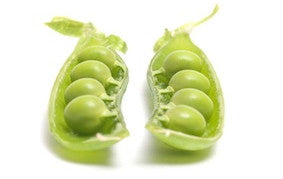
Who wouldn't want to save time these days? So, would a cleanser with an exfoliant be a super duo, just like a moisturizer with an SPF?
Two Types of Exfoliants
To quickly review, there are two types of exfoliants, chemical and physical. Chemical exfoliants have an active ingredient like glycolic acid or salicylic acid. Thing is, glycolic acid is neutralized by water and, well, you kind of need water in the cleansing process. Not only would the H2O cause that all-important active ingredient to lose its super power, the exfoliant itself wouldn't stay on your skin long enough to do any good (being that a typical cleanse takes anywhere from 15 to 30 seconds). The cleanser will work, but that's about it.
Comparing Physical and Chemical Exfoliants
Physical exfoliants are another story. Cleansers with physical exfoliants can actually be quite affective. During the cleansing process, the granular exfoliant massages into your face, helping to rid your skin of the dead cell build up and any clogged areas. The degree of benefit is directly proportional to how long you massage the cleanser into your face, how much pressure you use and the nature of the granules.
However, Dr. Schultz usually prefers chemical exfoliants to physical exfoliants, the reason being that chemical exfoliants often produce more precise and predictable results.
Bottom line, it's fine to pick up a cleanser with a "scrub" but stay away from those that pair up with chemical exfoliants. Stick with your trusted cleanser and apply the exfoliant after cleansing (at night) so it has time to do its magic.
 BRX REWARDS
BRX REWARDS



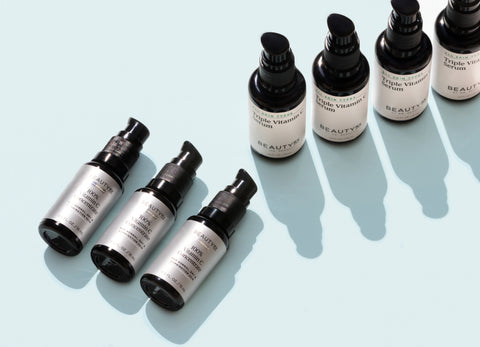


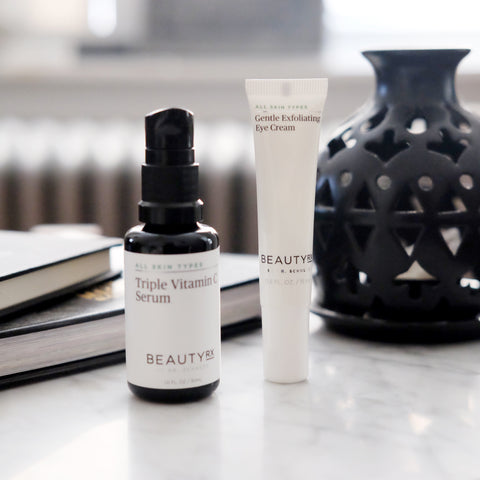
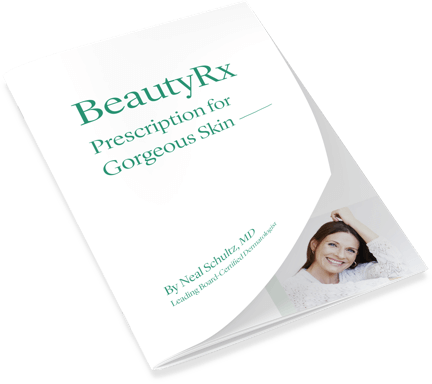
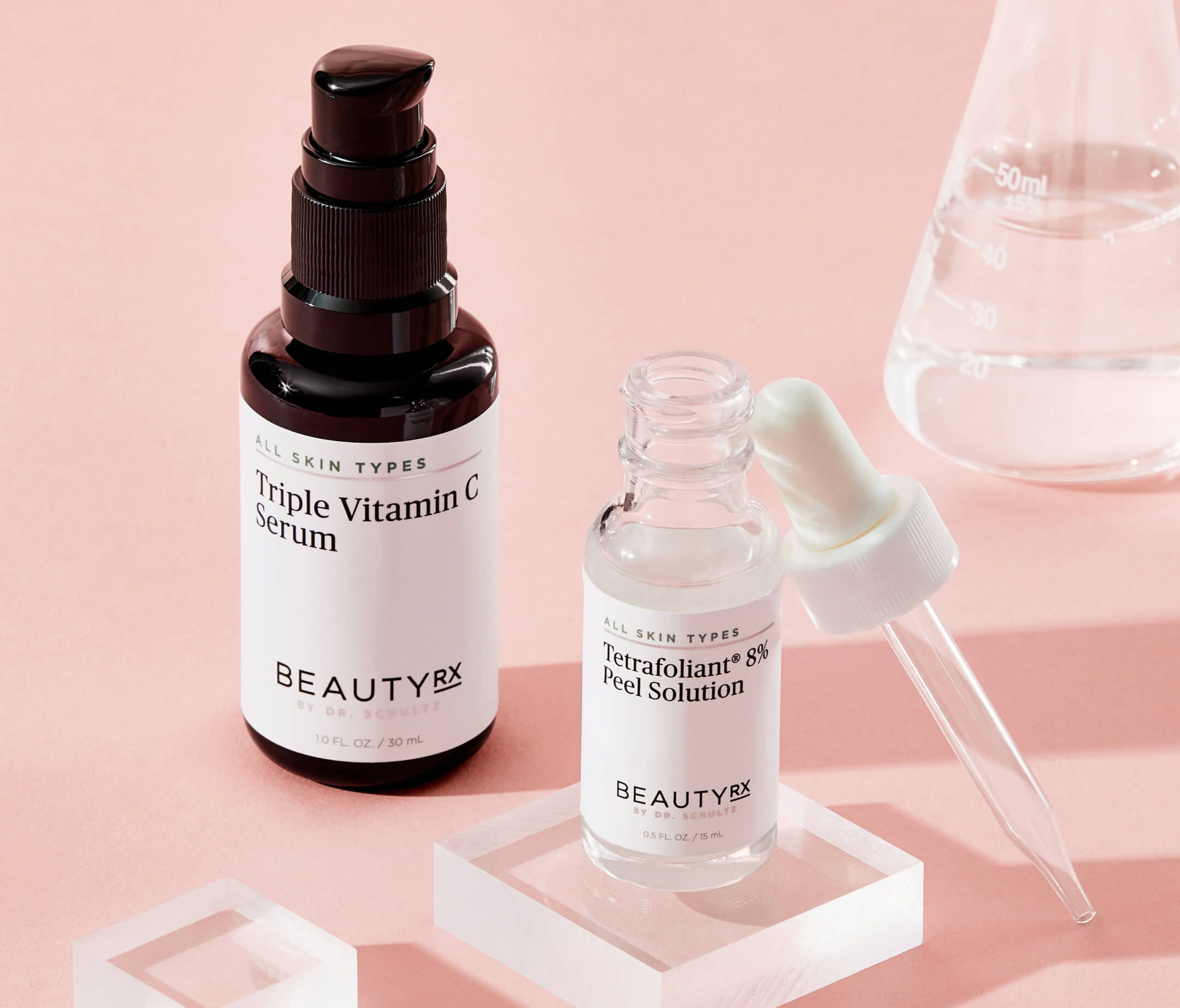

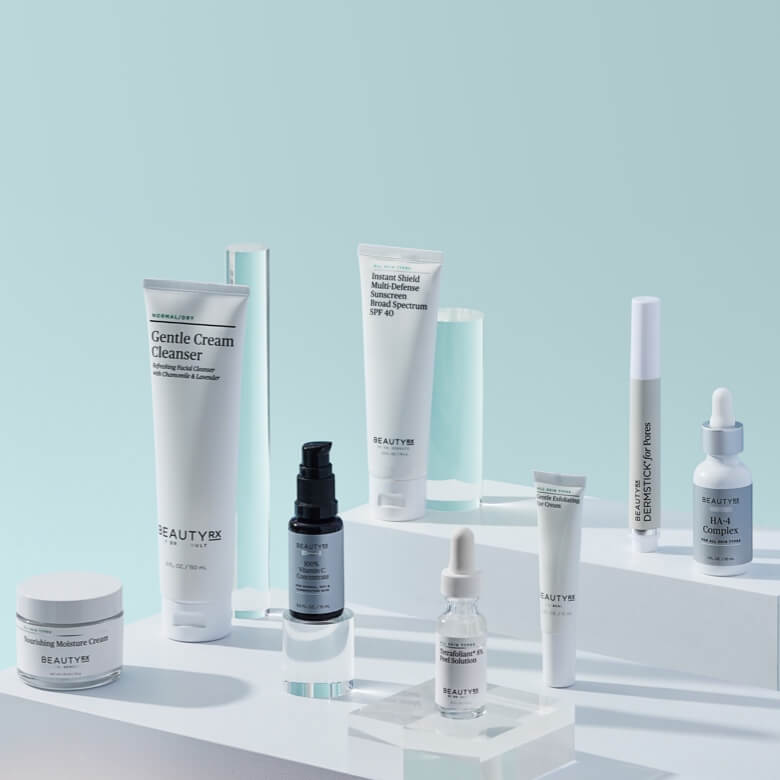
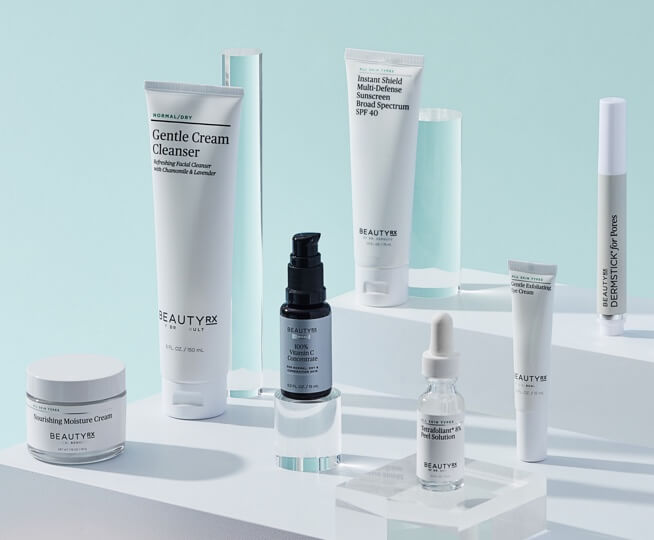


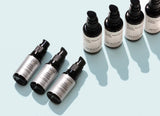


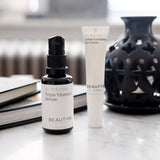


Leave a Comment